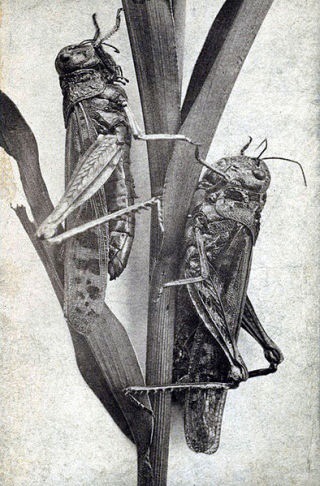Good morning, Whitewater.
We’ll have a sunny Monday today with a high of seventy-three. Sunrise today in 5:42 AM and sunset 8:20 PM. The moon is a waxing crescent with just three percent of its visible disk illuminated.
On this day in 1914, Austria-Hungary declares war on Serbia (sometimes written then in English as Servia). Here’s how the New York Times reported the events that were the beginning of a world war:
Austria Formally Declares War on Servia; Russia Threatens, Already Moving Troops; Peace of Europe Now In Kaiser’s Hands
VIENNA, July 28– Upon the issue of the formal declaration of war against Servia today Emperor Franz Josef gave orders for the removal of the Summer Court from Ischl to the capital. His entourage tried to persuade him that Vienna air would not suit him, but the aged Emperor replied:
“I do not want the air of Vienna. I want the atmosphere of headquarters.” The opening of the war has caused the imposition of all kinds of restrictions upon public business. All the railways, of course, are under military control, and the telegraphs are being reserved entirely for the service of the State. The hope is still entertained here that the war will be confined to Austria-Hungary and Servia. The report that Russia and France have intervened in Vienna is incorrect. In official circles here it is maintained that any action by those powers must be supported by the third party to the Triple Entente, namely, Great Britain. It is known that Great Britain and France do not want a European war. Peace among the great powers or war among the great powers must depend on the action of St. Petersburg.
At the Foreign Office here it is freely stated that now that war has begun Austria-Hungary will be bound to no more conditions such as she propounded prior to the outbreak of hostilities.
On this day in 1934, a so-called model village is a model only of industrial strife:
1934 – Two killed, 40 hurt in Kohler riot; National Guard occupies town
On this day, the “model industrial village” of Kohler became an armed camp of National Guard cavalrymen after deadly strike-related rioting. The July 27th violence, which killed two Sheboygan men and injured 40 others, prompted the summoning of 250 Guardsmen to join the 200 special deputy village marshals already present. After striking workers became agitated and began to destroy company property, deputies turned to tear gas, rifles, and shotguns to quell the stone-throwing crowd, resulting in the deaths and injuries. Owner Walter Kohler blamed Communists and outside agitators for the violence, while union leaders blamed Kohler exclusively. Workers at the Kohler plant were demanding better hours, higher wages, and recognition of the American Federation of Labor as their collective bargaining agent. Not settled until 1941, the strike marked the beginning of what was to become a prolonged struggle between the Kohler Company and organized labor in Wisconsin; a second Kohler strike lasted from 1954 to 1965. [Source: Capital Times 7/28/1934, p.1]
Google-a-Day asks a pop culture question:
In the Ke$ha hit song in which she uses the word “love” twelve times in the refrain, what does she say she likes in the very last line?




